Towards a Realistic Estimation of the Powering Performance of a Ship with a Gate Rudder System
Abstract
1. Introduction
1.1. Gate Rudder System
1.2. Scale Effects
2. Scale Effect Prediction for the Gate Rudder System
2.1. Effect of the Rudder Position
- The flow field around the gate rudder is rather uniform without any strong disturbance from the propeller’s slipstream;
- The magnitude of the average flow speed at the gate rudder blades is close to the ship speed while the flow has a component in the transverse direction towards the ship’s center plane;
- The propeller accelerates the flow in the vicinity of the rudder blades and the top dead center position of the propeller where the high wake zone (or wake shadow) is observed, as in the case of a conventional rudder;
- Larger transverse flow and, hence, the lift on the rudder blades are generated by the propeller’s action which increases the thrust of the GRS.
2.2. Drag Coefficients in Model and Full Scale
2.3. Rudder Drag Correction for the Scale Effect
2.4. Rudder Lift Correction for the Scale Effect
3. Verification of Scale Effect Correction by Model Tests
- (1)
- Scale effect on the rudder drag and lift during towing conditions;
- (2)
- Scale effect on the rudder drag and lift during self-propelled conditions;
- (3)
- Scale effect on the rudder normal force during steering conditions.
4. Enhanced Procedure for Powering Performance Prediction
4.1. Effective Power
4.2. Thrust Deduction Factor
4.3. Effective Wake
4.4. Powering Performance Prediction
5. Conclusions
- Scale effect of a gate rudder system can be considerably more significant than that of the conventional rudder system because of the unique arrangement of the gate rudder system behind the stern;
- Flow characteristics around a gate rudder system in model scale can be laminar due to the low Reynolds numbers experienced, hence, the drag and lift coefficients of the gate rudder blades are strongly affected by this unfavorable scale effect;
- The analysis presented in this study based on the semi-empirical procedure and the supporting data for two different models and full-scale ships clearly showed this scale effect and how to make corrections for the drag and lift coefficients of the gate rudder blades based on the verifications with the model test data;
- The scale effect of the wake of a ship with a gate rudder system is not the same as that of a ship with a conventional rudder. The measured propeller advanced speed, based on the thrust identity, should be divided into two components, and the different scaling methods should be applied to each component;
- An enhanced powering performance procedure which takes into account the subject scale effects presented in this study demonstrates excellent agreement with the full-scale trials data. This justifies the scale effect claim on the gate rudder drag and lift characteristics, and associated correction procedure, as well as the proposed enhanced methodology for the powering performance prediction.
Author Contributions
Funding
Conflicts of Interest
References
- Sasaki, N.; Atlar, M.; Kuribayashi, S. Advantage of twin rudder system with asymmetric wing section aside a propeller. J. Mar. Sci. Technol. 2015, 21, 297. [Google Scholar] [CrossRef]
- The Naval Architect. New Ducted Design Is a Boon for Propulsive Efficiency; July/August issue; The Naval Architect, RINA: London, UK, 2019; pp. 32–36. [Google Scholar]
- The Motorship. New Ducted Propeller Design Offers Fuel Savings; The Motorship: Fareham, UK, 2019; pp. 1–5. Available online: https://www.motorship.com/news101/ships-and-shipyards/new-ducted-propeller-design-offers-fuel-savings (accessed on 18 August 2019).
- Sasaki, N.; Kuribayashi, S.; Atlar, M. GATE RUDDER®. In Proceedings of the 3rd International Symposium on Naval Architecture and Maritime (INT-NAM), Istanbul, Turkey, 24–25 April 2018. [Google Scholar]
- Sasaki, N.; Kuribayashi, S.; Asaumi, N.; Fukazawa, M.; Nonaka, T.; Turkmen, S.; Atlar, M. Measurements and calculations of Gate rudder performance. In Proceedings of the 5th International Conference on Advanced Model Measurement Technology for Maritime Industry, AMT’17, Strathclyde University, Glasgow, UK, 11–13 October 2017. [Google Scholar]
- Sasaki, N.; Atlar, M. Scale effect of gate rudder. In Proceedings of the Sixth International Symposium on Marine Propulsors, SMP’19, Rome, Italy, 26–30 May 2019. [Google Scholar]
- Yazaki, A. A diagram to estimate the wake fraction for an actual ship from model tank test. In Proceedings of the 12th International Towing Tank Conference, Rome, Italy, 22–30 September 1969; p. 259. [Google Scholar]
- McCormick, B.W. Aerodynamics, Aeronautics, and Flight Mechanics, 2nd ed.; John Wiley & Sons. Inc.: Hoboken, NJ, USA, 1995. [Google Scholar]
- Fukazawa, M.; Turkmen, S.; Marino, A.; Sasaki, N. Full-Scale GATE RUDDER Performance obtained from Voyage Data. In Proceedings of the A. Yücel Odabaşı Colloquium Series: 3rd International Meeting-Progress in Propeller Cavitation and Its Consequences: Experimental and Computational Methods for Predictions, Istanbul, Turkey, 15–16 November 2018. [Google Scholar]
- Tacar, Z.; Sasaki, N.; Atlar, M.; Korkut, E. Investigation of scale effects on Gate Rudder Performance. In Proceedings of the 6th International Conference on Advanced Model Measurement Technology for Maritime Industry, AMT’19, University of Rome, La Sapienza, Italy, 9–11 October 2019. [Google Scholar]
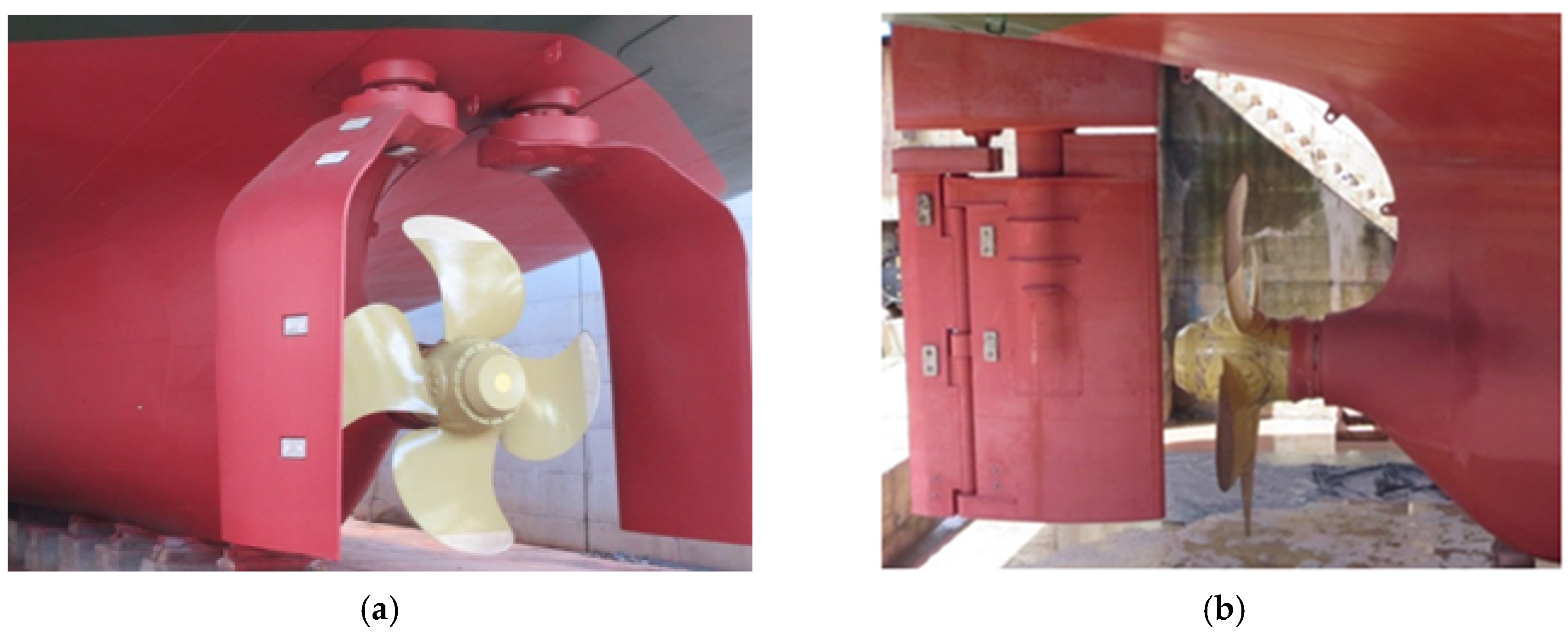

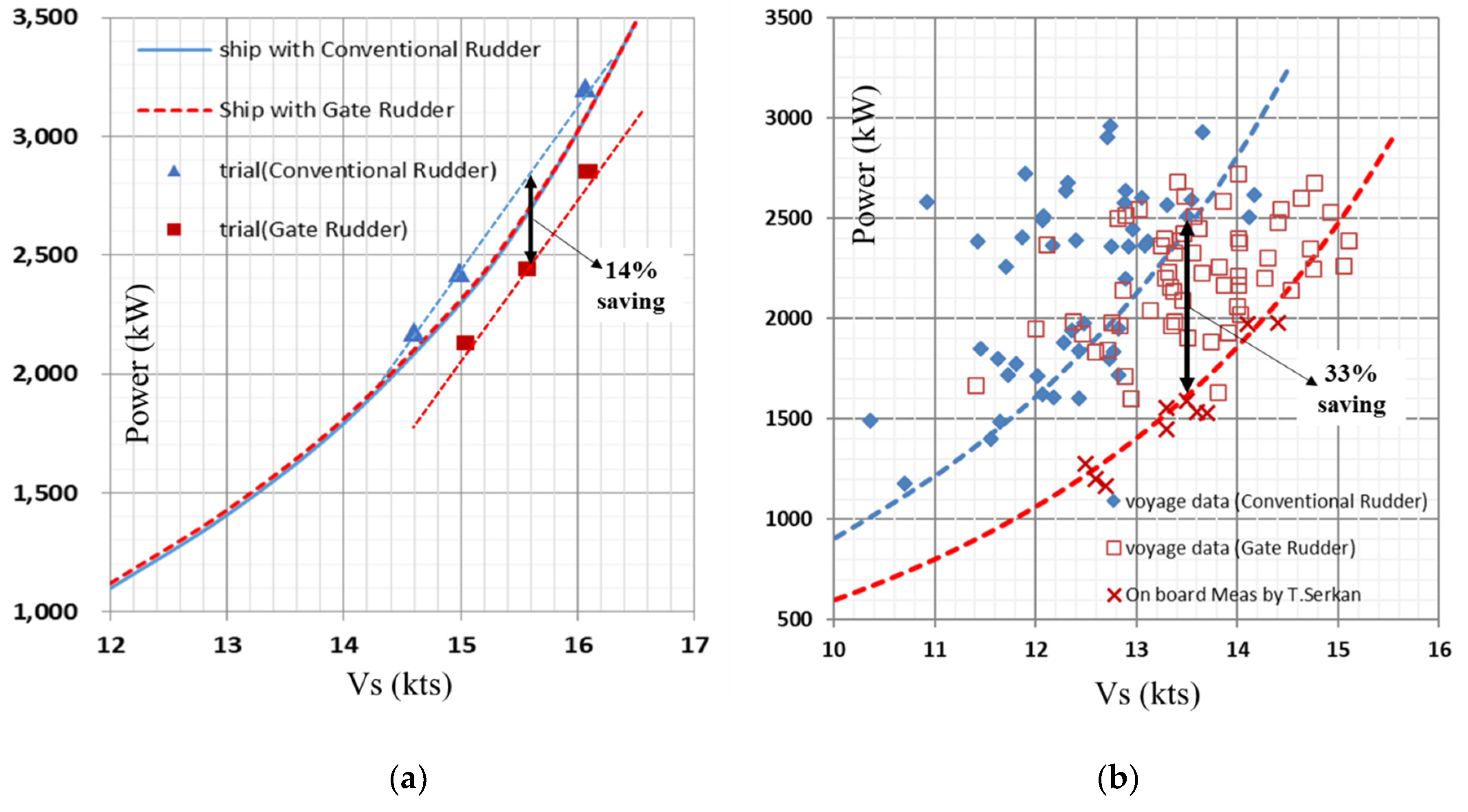
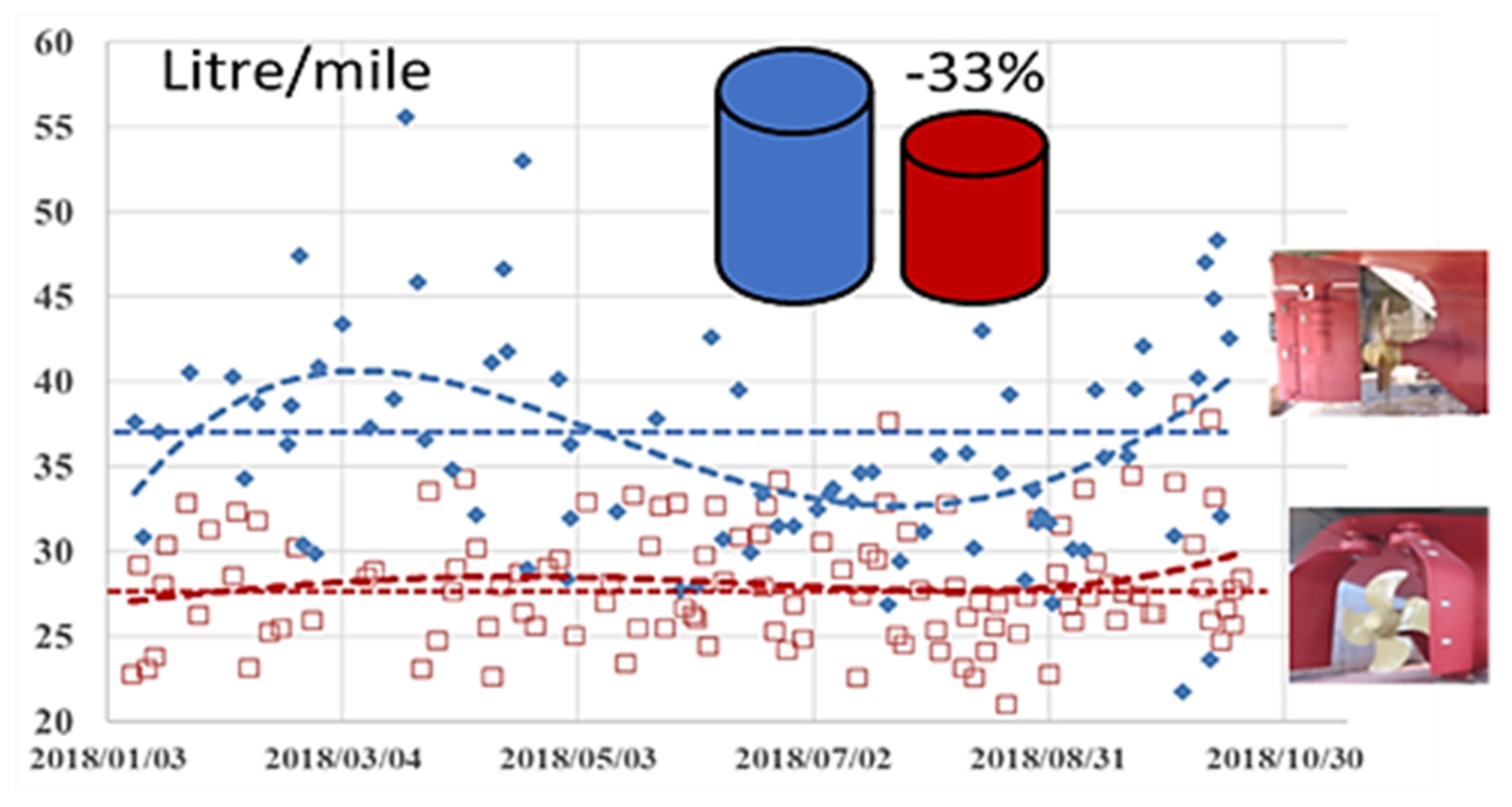

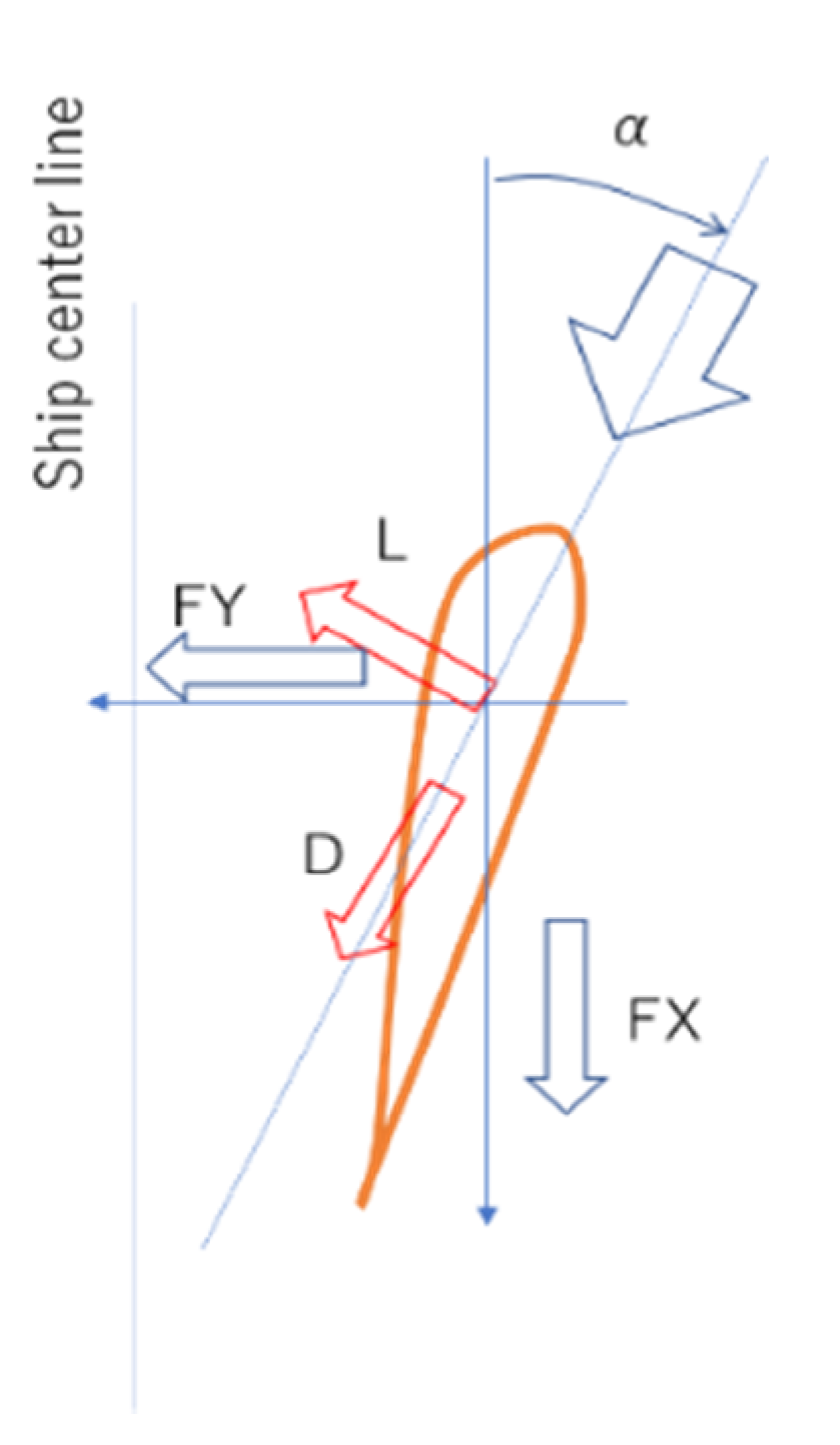

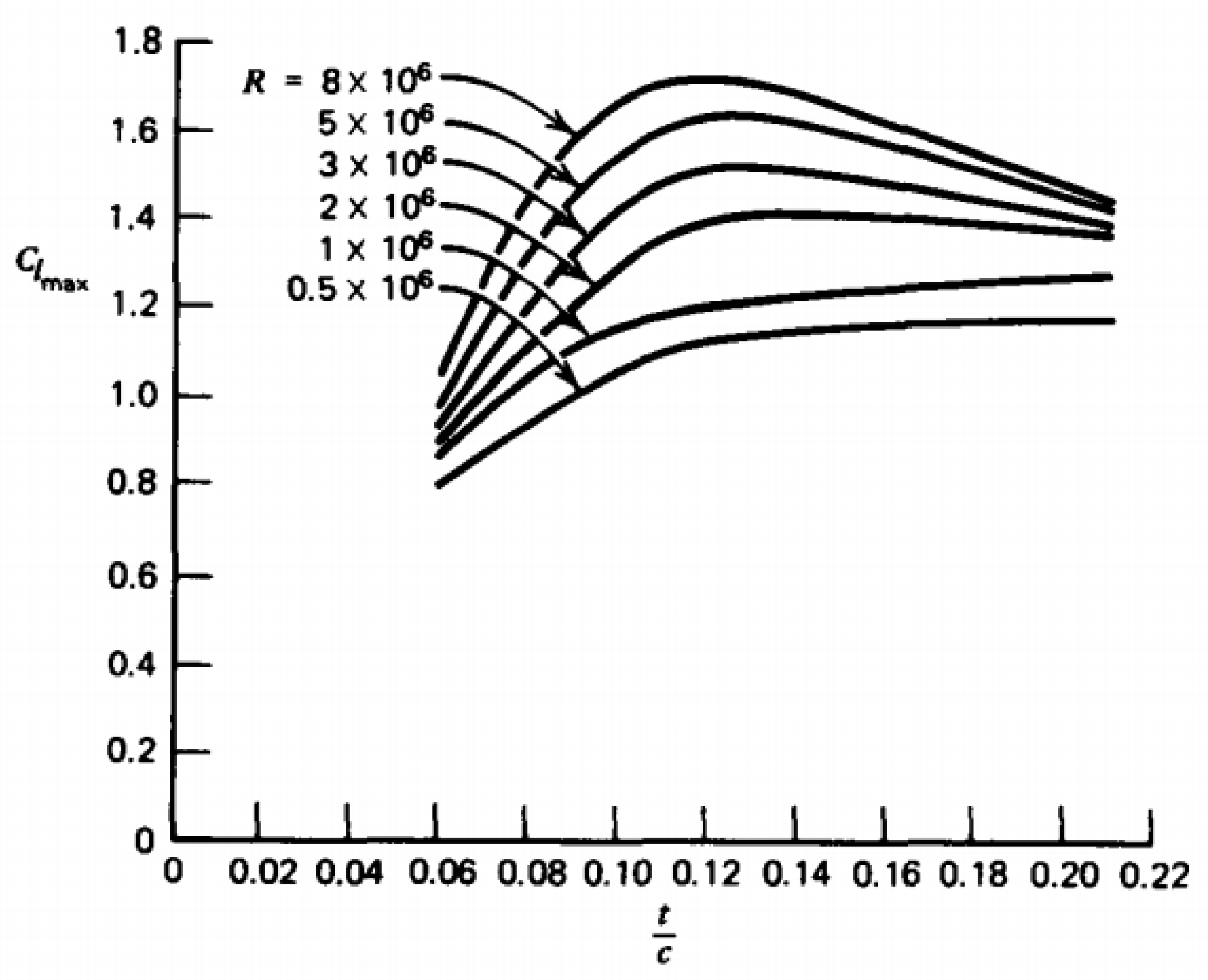
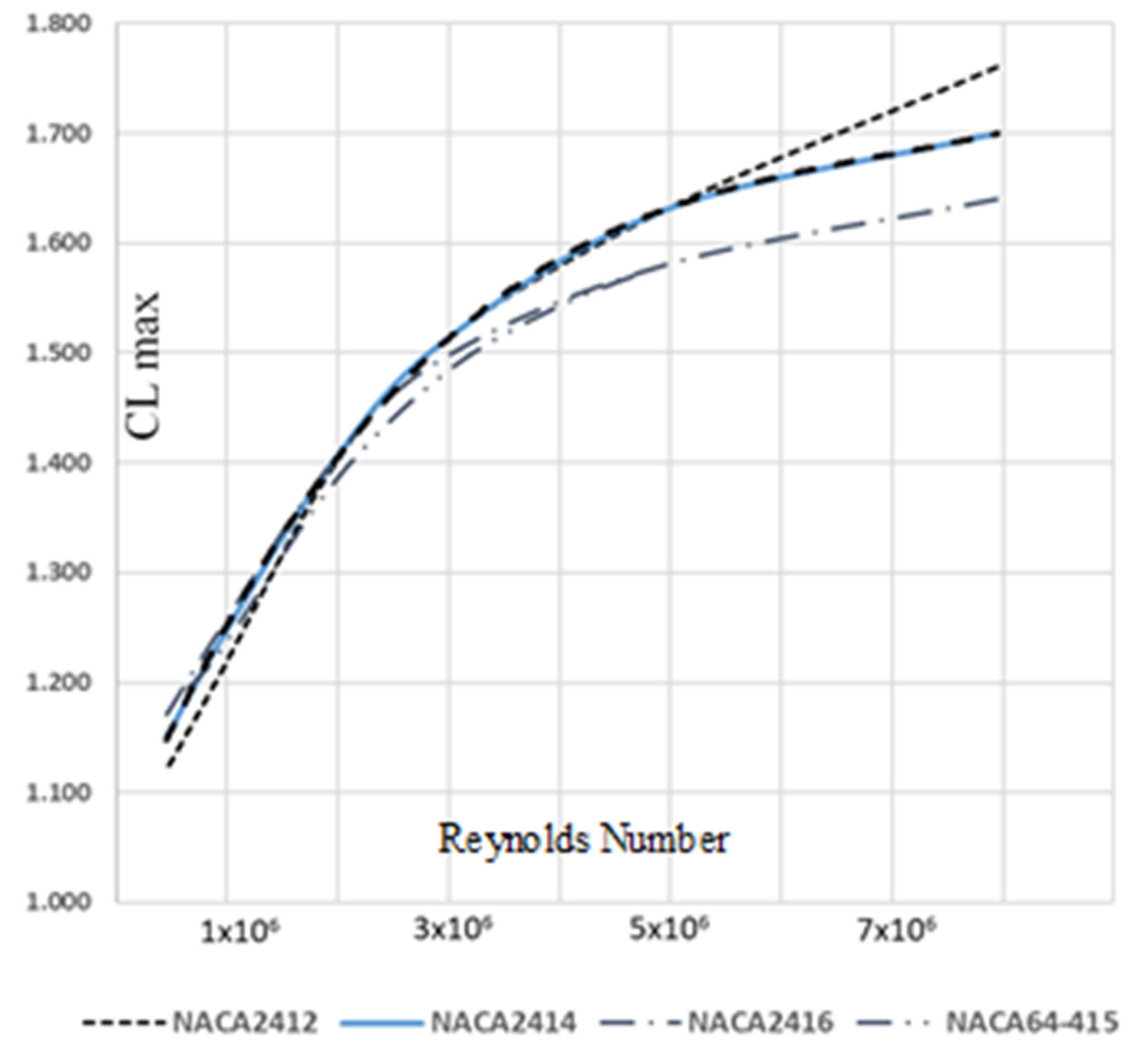
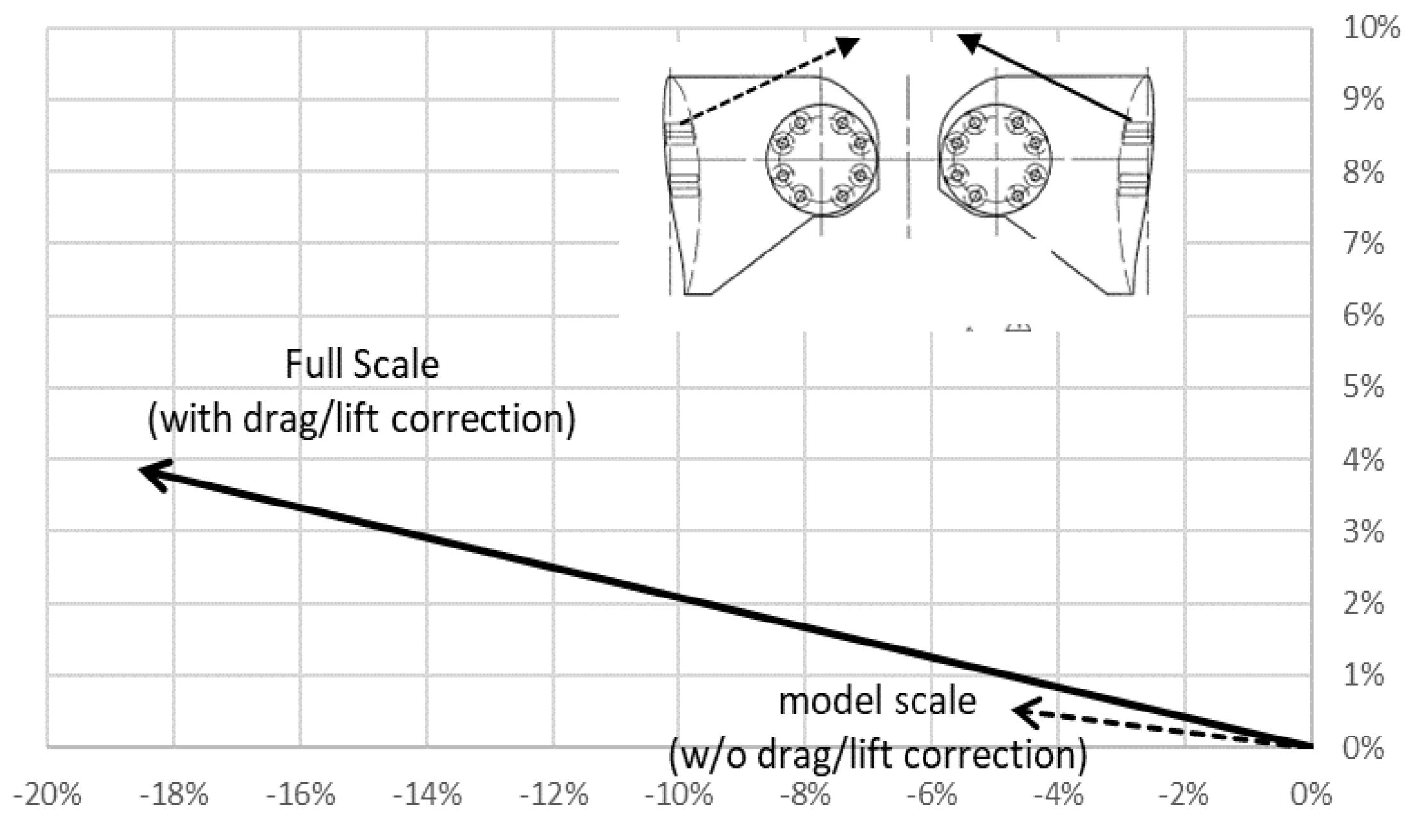
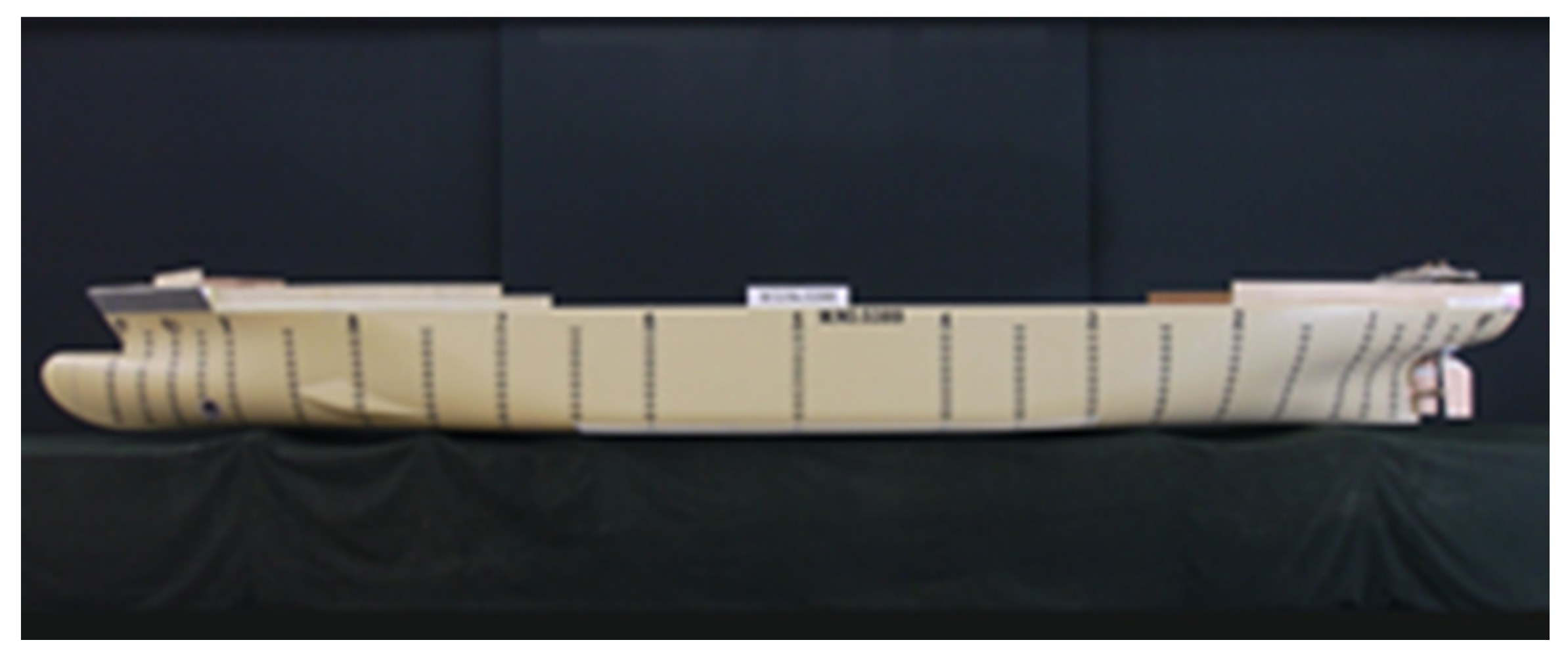
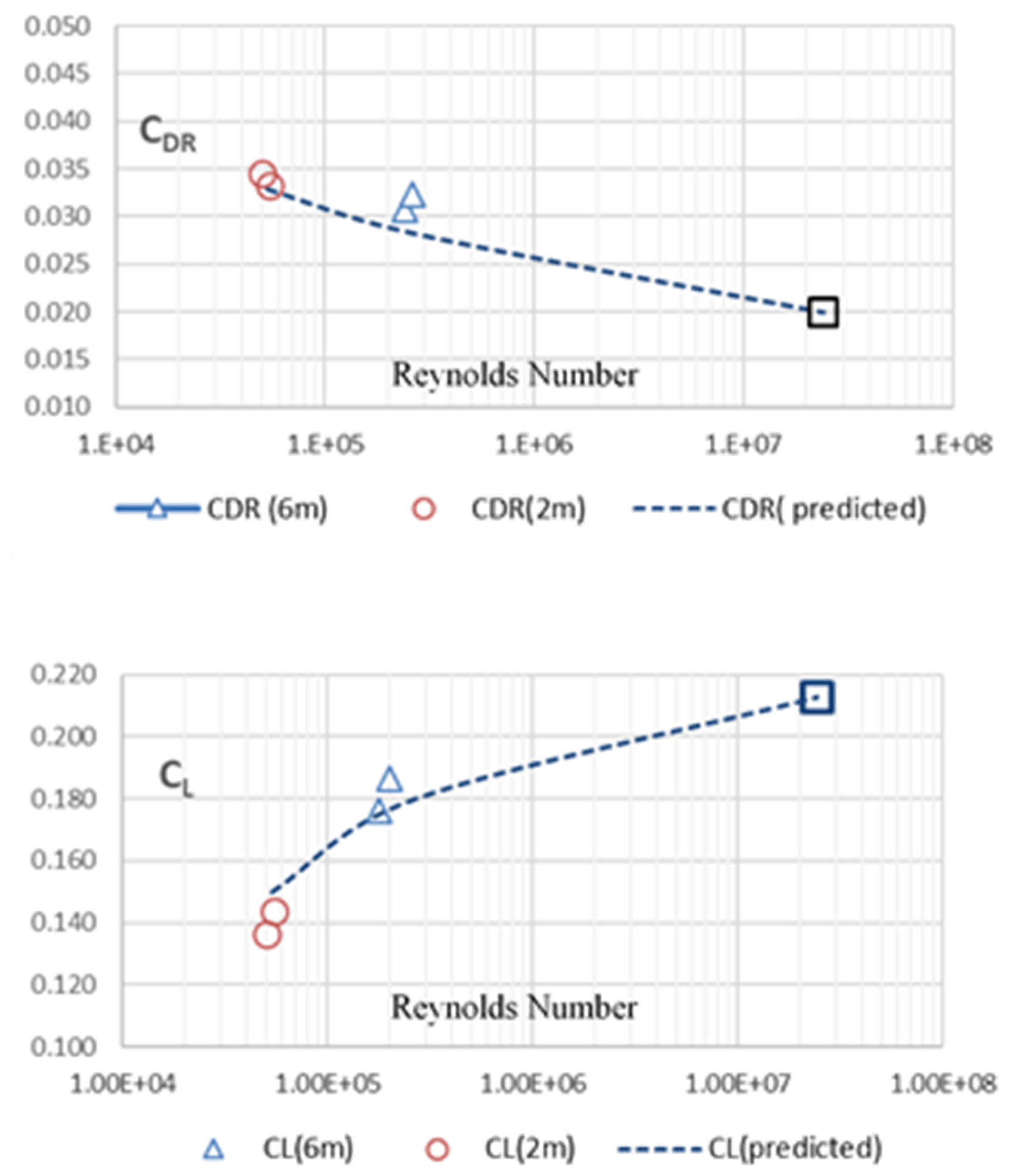
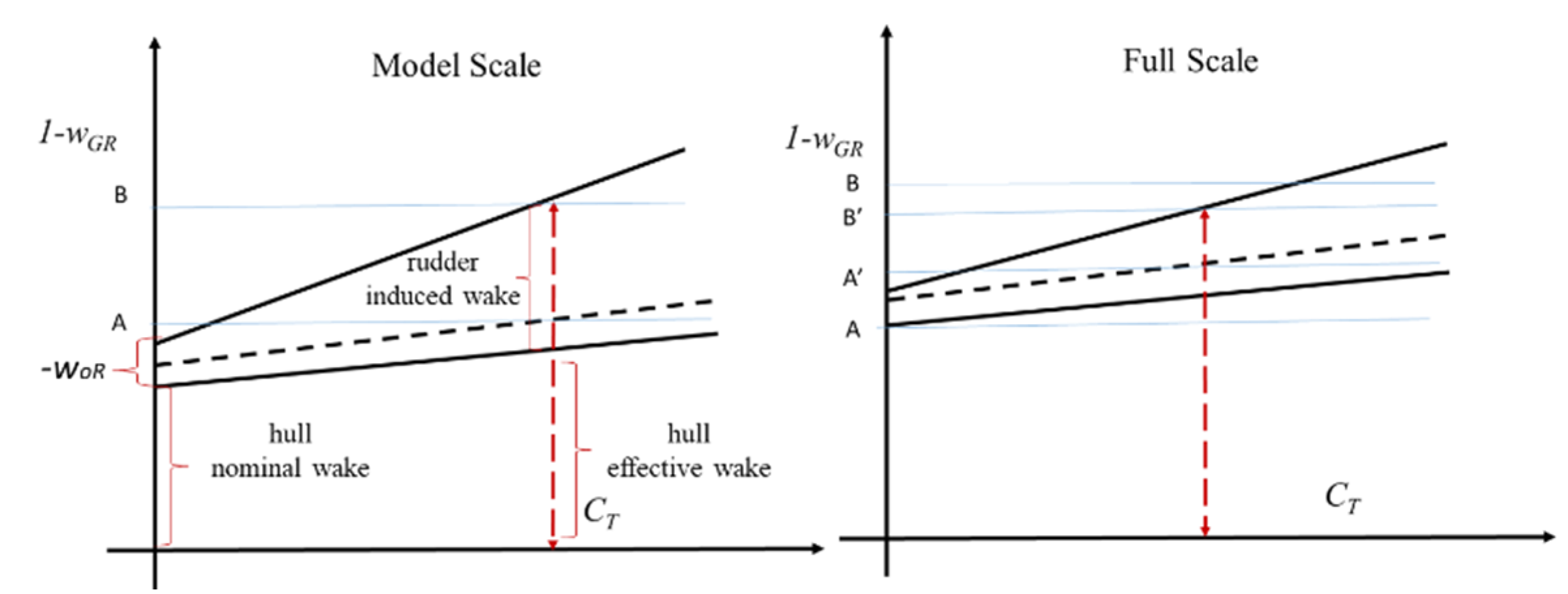
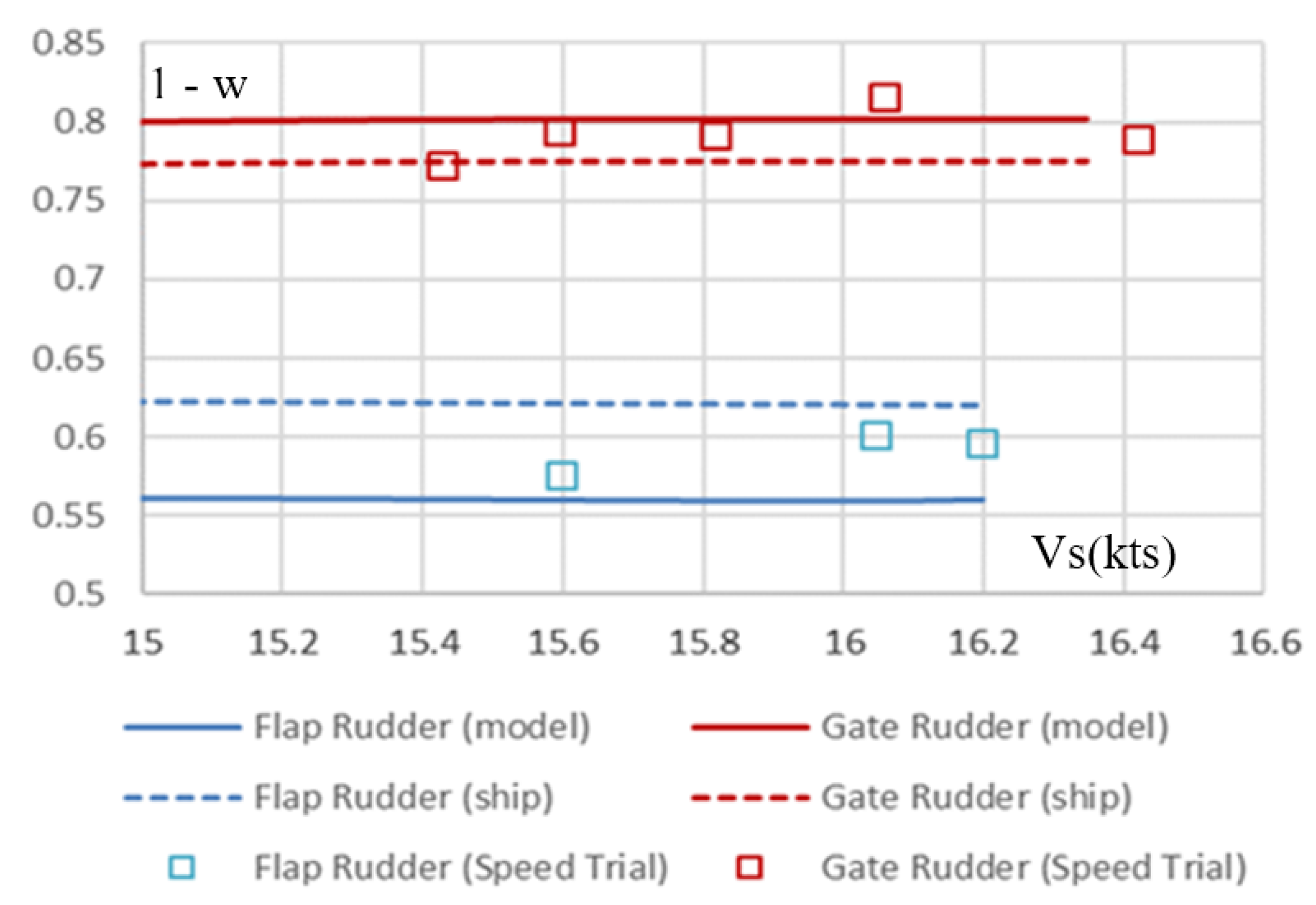
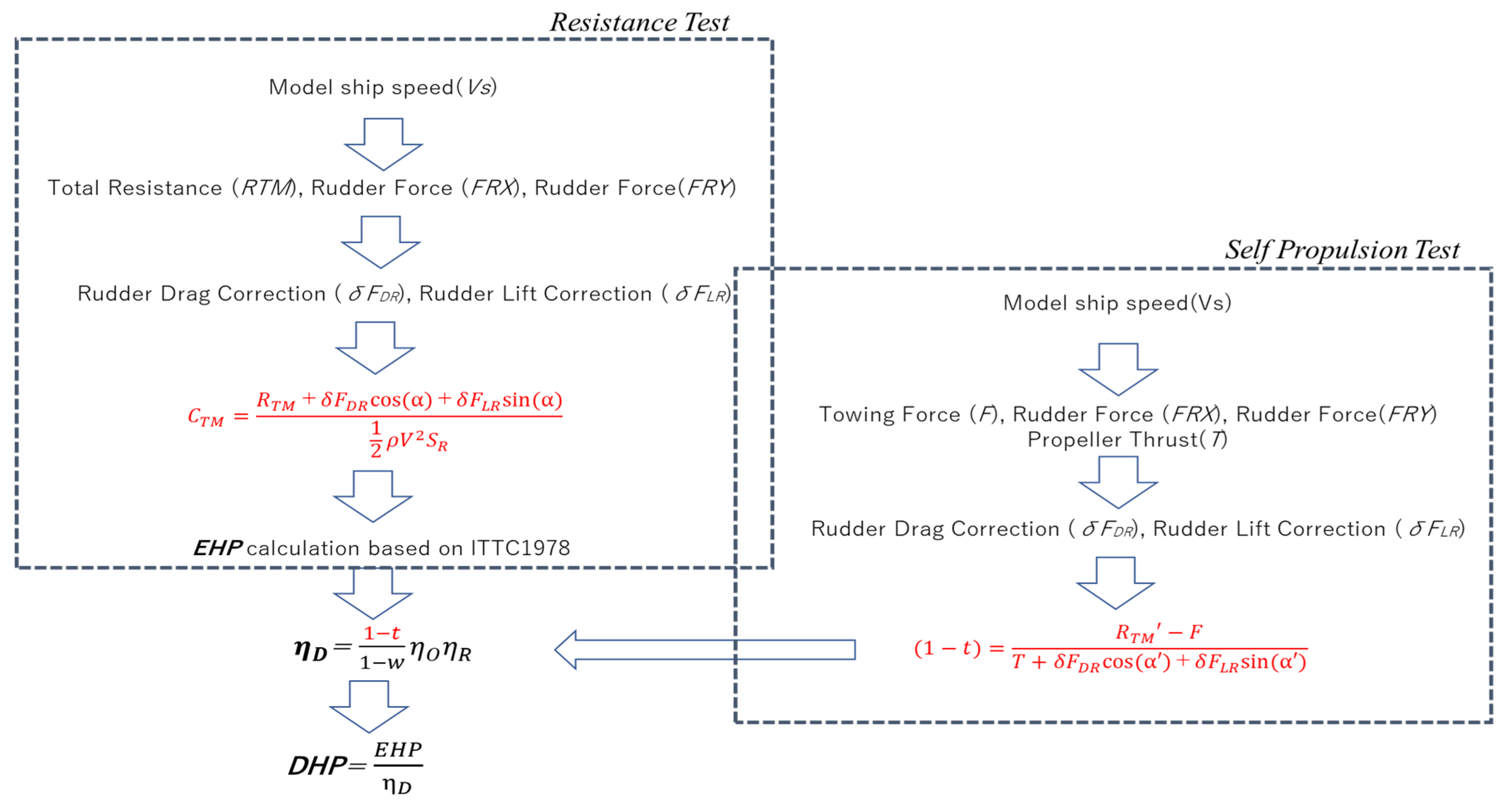
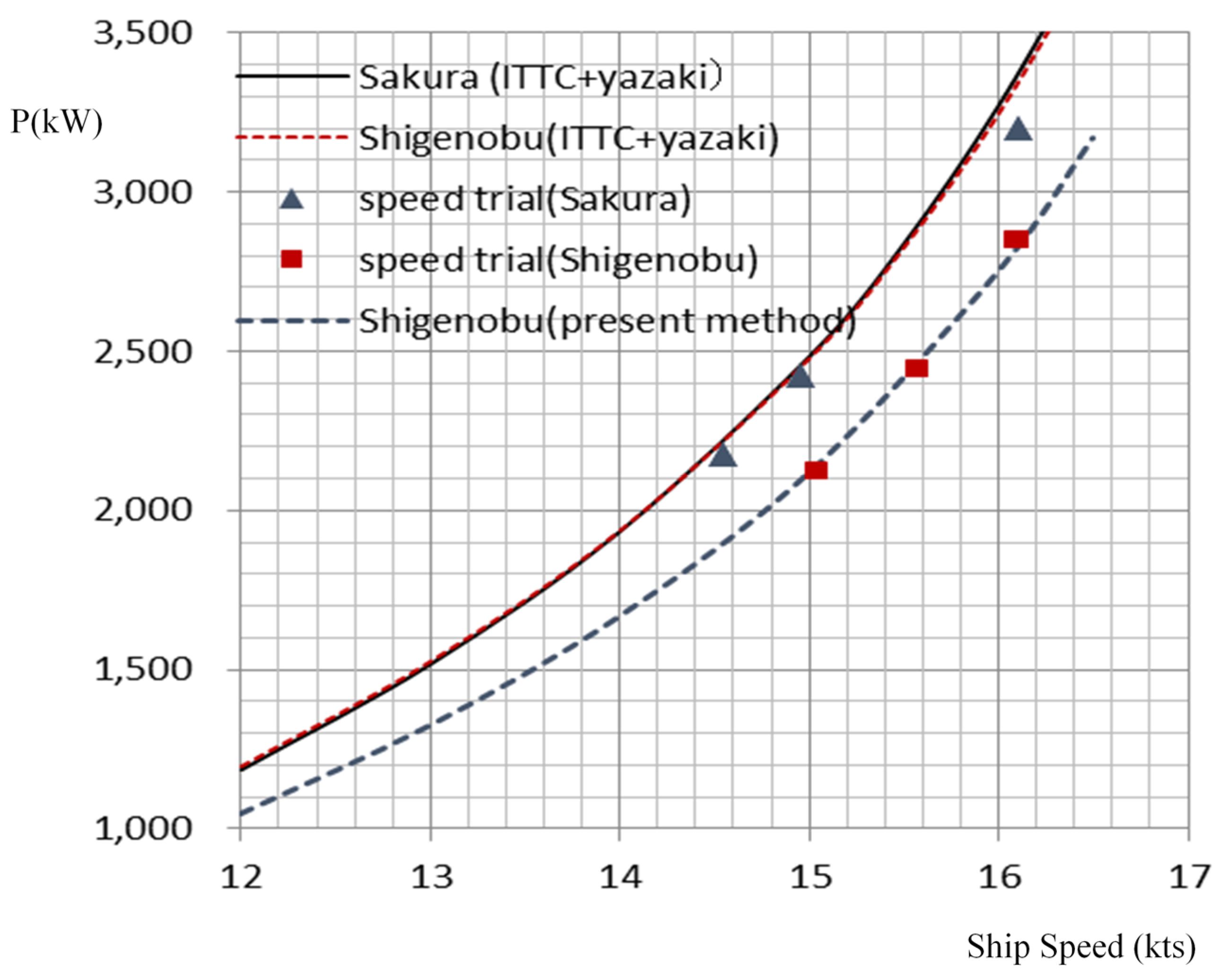
| Particulars | Sakura | Shigenobu |
|---|---|---|
| Length OA (m) | 111.4 | |
| Beam (m) | 17.8 | |
| Draft (m) | 5.24 | |
| Main Engine | 3309 kW × 220 rpm | |
| Rudder | Flap rudder | Gate rudder |
| Delivery | August 2016 | December 2017 |
| Parameters | Flap Rudder | Gate Rudder |
| SR | 100% | 157% |
| meanV0 (model) | 0.40 | 0.98 |
| CF (model) | 0.00944 | 0.00700 |
| CRD (model) | 0.0095 | 0.0405 |
| % of ship resistance | 0.8 | 5.3 |
| Parameters | Flap Rudder | Gate Rudder |
| SR | 100% | 157% |
| meanV0 (ship) | 0.40 | 1.00 |
| CF (ship) | 0.00281 | 0.0026 |
| CRD (ship) | 0.0080 | 0.0068 |
| % of ship resistance | 0.2 | 1.7 |
| Cargo Ship Particulars | |
|---|---|
| Lpp (m) | 69.0 |
| B (m) | 12.0 |
| d (m) | 4.11 |
| DP (m) | 2.3 |
| Model Size (m) | 6.18/2.00 |
| Kind of Test | 2.0 m Model | 6.18 m Model |
|---|---|---|
| Resistance | with rudder | with rudder |
| Self-propulsion | with rudder | with rudder |
| Rudder force I | zero helm | zero helm |
| Rudder force II | −15 deg to +15 deg | −9 deg to + deg |
© 2020 by the authors. Licensee MDPI, Basel, Switzerland. This article is an open access article distributed under the terms and conditions of the Creative Commons Attribution (CC BY) license (http://creativecommons.org/licenses/by/4.0/).
Share and Cite
Sasaki, N.; Kuribayashi, S.; Fukazawa, M.; Atlar, M. Towards a Realistic Estimation of the Powering Performance of a Ship with a Gate Rudder System. J. Mar. Sci. Eng. 2020, 8, 43. https://doi.org/10.3390/jmse8010043
Sasaki N, Kuribayashi S, Fukazawa M, Atlar M. Towards a Realistic Estimation of the Powering Performance of a Ship with a Gate Rudder System. Journal of Marine Science and Engineering. 2020; 8(1):43. https://doi.org/10.3390/jmse8010043
Chicago/Turabian StyleSasaki, Noriyuki, S. Kuribayashi, M. Fukazawa, and Mehmet Atlar. 2020. "Towards a Realistic Estimation of the Powering Performance of a Ship with a Gate Rudder System" Journal of Marine Science and Engineering 8, no. 1: 43. https://doi.org/10.3390/jmse8010043
APA StyleSasaki, N., Kuribayashi, S., Fukazawa, M., & Atlar, M. (2020). Towards a Realistic Estimation of the Powering Performance of a Ship with a Gate Rudder System. Journal of Marine Science and Engineering, 8(1), 43. https://doi.org/10.3390/jmse8010043






